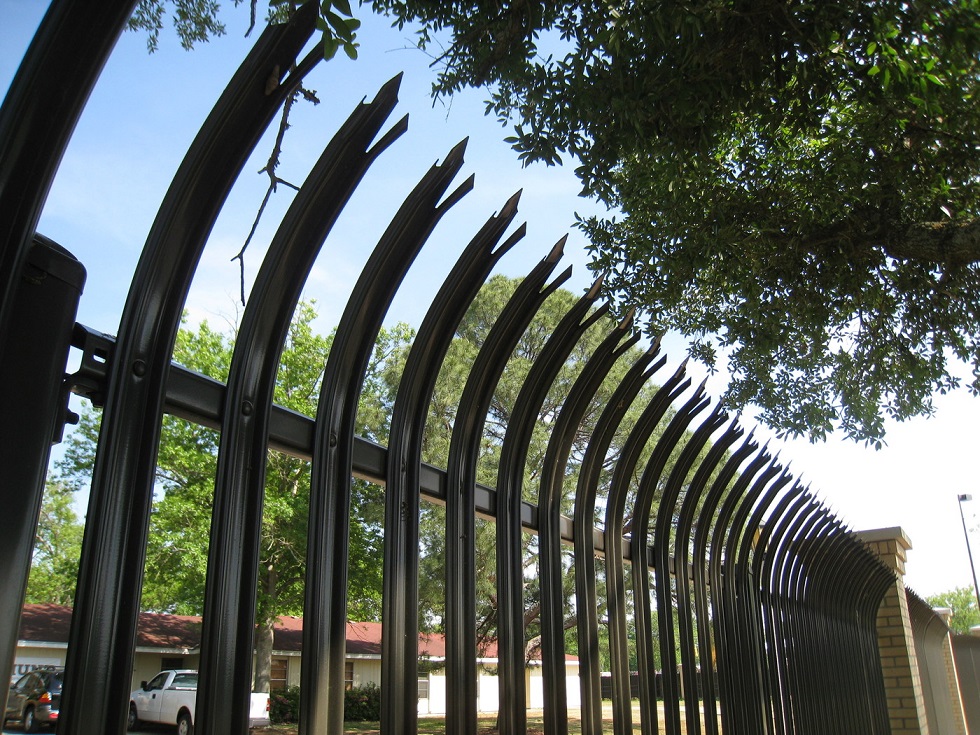This post is also available in:
 עברית (Hebrew)
עברית (Hebrew)
Terrorist vehicle attacks in various cities around the world during recent years have emphasized the urgent need in the development of defense systems. Anti-crash or anti-ram fences provide a superior barrier against vehicular attacks and are suitable for high-risk facilities, borders, and other sites of extreme sensitivity. Certain types of establishments are more prone to vehicular attacks than others.
Terrorists and other criminals will go to great lengths to enter such areas, therefore, maximum security measures must be taken. Other properties, such as stadiums, government agency buildings, and water treatment plants, may utilize crash rated fencing in order to ensure the safety of each individual inside.
To ensure property security from vehicular attack, a certified system of testing and analysis dictates the crash rating of fences based on impact and penetration.
According to tuscoinc.com, a website of a perimeter security solutions supplier, the qualifications and guidelines for rating fences for crash protection are governed by a system recognized as the standard for anti-vehicle barriers. This system was developed using a combination of factors such as velocity, size and angle of the approaching vehicle, and the penetration distance allowed. Crash test certifications clearly indicate the penetration rate and impact conditions (as specified through the publications of the DOS and ASTM).
The Anti-Terrorism/Force Protection standards were established by the US Department of State (DOS) for the purpose of qualifying a barrier’s ability to prevent a vehicle from forcibly entering a building or perimeter.
DOS crash rating guidelines designate three main levels of protection: K4, K8, and K12.
These K ratings (the ‘K’ being derived from the kinetic energy contained within an object’s motion) are determined by measuring the penetration depth of a 15,000 pound vehicle after its initial impact with a barrier. In order to receive a K rating, a barrier must be capable of preventing a penetration depth of more than one meter at attack speeds of 30 mph (K4), 40 mph (K8), and 50 mph (K12).
The American Society for Testing and Materials (ASTM) certify crash rated products using a larger sample of attack vehicles and impact speeds. ASTM uses additional abbreviations to communicate the approximate size of the test vehicle, the test vehicle’s speed upon impact, and the depth of penetration.

























